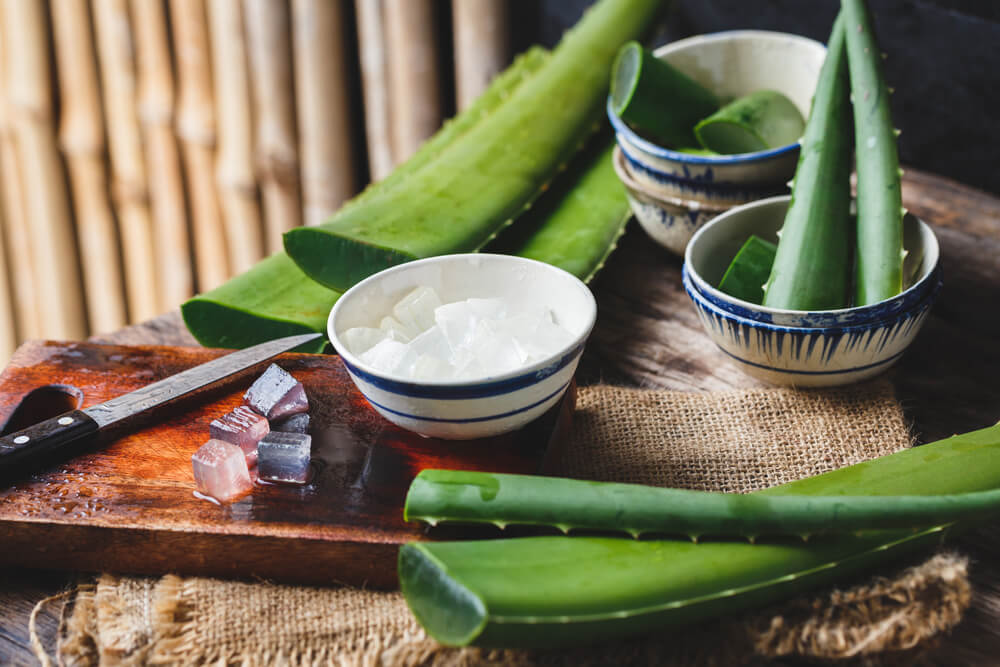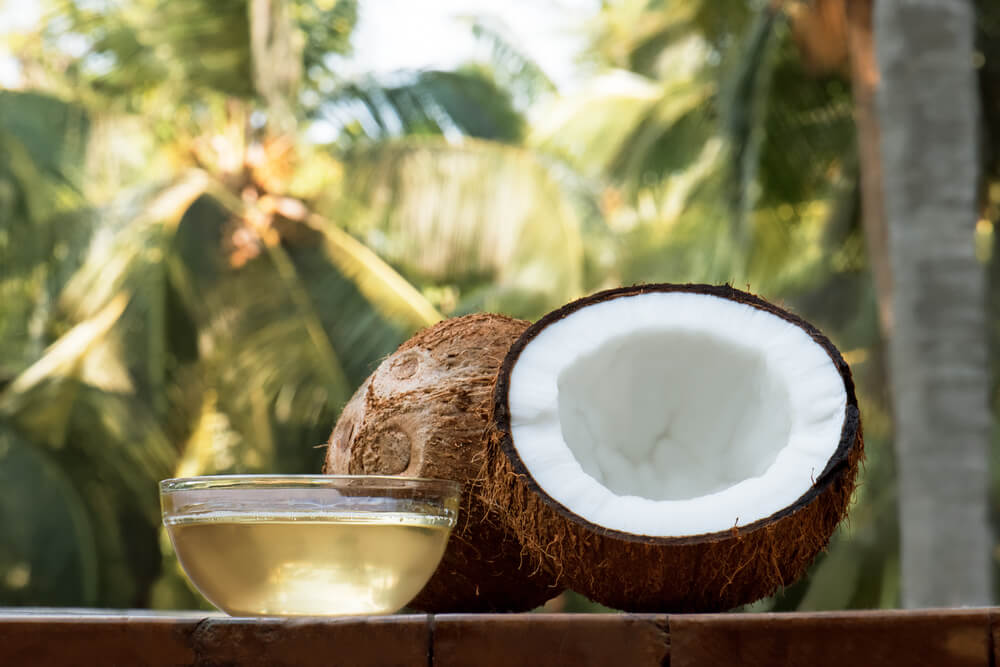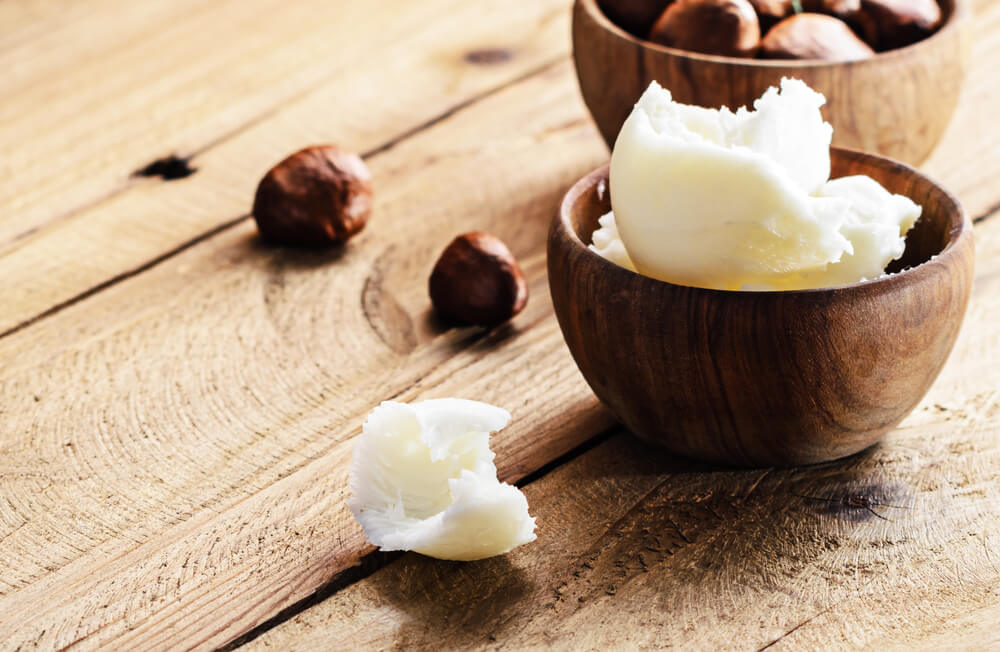Skin Care
10 Sustainable Ingredients to Add Into Your Skin Care Routine
It seems that sustainability is the word of the century.
And how could it not be – with so many changes happening globally due to the climate crisis, it is only common sense to try to reduce the impact we leave on this glorious Earth.
Nowadays, people are looking to cut their carbon imprint, their plastic use, to become one with nature. In short, to stop the damage being caused in their name.
That’s where sustainable skincare comes in…
If you’re looking for sustainable yet effective skin care ingredients, here are a few that will definitely combine the best of both worlds.
Sustainable Skincare – What Does It Mean?
Even though sustainability is the buzzword of the century (so far), not a lot of people actually know what it means.
Well, sustainability is something that the beauty industry has managed to avoid for quite a long time, but it seems now that there’s no going back.
As we become more conscious of all the ways in which we’re impacting the environment, many brands have picked up on the desire of many people to reduce their impact.
Sustainability basically means making socially-responsible decisions and striving to improve the well-being of our planet.
It means changing our habits in order to lessen the detriment we are causing to the environment; making informed decisions about what we use.
So, How to Start with Sustainable Skincare?
The truth of the matter is – you need to read.
It’s as simple as that.
Well, maybe not that simple, but it boils down to that. Always read the label on the product and make sure the ingredients are sustainable and also good for you.
You generally take the time to choose your skincare routine carefully, right? Well, this is just another step in that direction. While choosing sustainable ingredients, you’re not only choosing something natural and good for your skin, you’re helping the planet too.
Here’s a list of sustainable ingredients that might help you create a more sustainable regime.
1) Aloe Vera

Aloe Vera is truly a versatile plant and it is used in many, many products. It contains powerful antioxidants, which can prevent the growth of certain bacteria. It can also treat various types of burns.
But it is most widely recognized for its anti-aging properties. It improves collagen production and skin elasticity, as well.
Because it’s easy to produce, aloe vera is truly sustainable. It doesn’t cause harm to the environment, and it has many benefits.
So, the next time you’re looking to improve your skincare routine, feel free to turn to aloe vera.
2) Argan Oil
Did you know that argan oil production actually helps reforestation, female empowerment and the economy of the local Moroccan population?
Argan oil was used in Morocco for various ailments. It treated everything from acne to wrinkles. In western Morocco, the argan tree is a natural barrier against the desert, and it also prevents soil erosion. The argan forest was even declared a Biosphere Reserve by UNESCO more than 20 years ago.
But the forest was also threatened with deforestation, as locals cut down too many trees. Since the demand for argan oil skyrocketed, many women have now formed co-operatives that help reforestation efforts and empower them economically.
So, not only does argan oil possess many skincare benefits, it is actually one of the most sustainable ingredients you can use.
3) Chamomile
Oldie but goldie. Really.
You’d never think that something you’ve been using since forever could be that beneficial for your skin, but it really is.
We mostly know chamomile from making tea, but it’s been used for centuries to treat inflammation, muscle spasm, rheumatic pain, and even gastrointestinal disorders.
Chamomile actually helps combat acne due to its anti-inflammatory and anti-bacterial properties. When applied to the skin, it can also reduce redness and lighten discoloration. It can also reduce signs of premature aging.
4) Coconut Oil

You might have heard about coconut oil, as it’s used in, well, everything. From cooking to skincare and hair products, the benefits of coconut oil are making it omnipresent nowadays.
It’s been discovered that coconut oil can heal various types of skin disorders, such as psoriasis, eczema and contact dermatitis. This is because it reduces inflammation.
And precisely because of its anti-inflammatory and antibacterial properties, it can help in the treatment of acne.
Of course, one major benefit is that it can help hydrate your skin, making it an effective moisturizer.
Now, in general, the environmental impact of coconut oil is very low, since growing them doesn’t require pesticides and they are harvested by hand. However, since the demand has grown significantly, some coastal mangroves are being cleared for coconut monocrops, making it important to know exactly where your coconut oil has come from.
5) Green Tea
Again, like chamomile, this is something that has been used for centuries in the form of tea.
Green tea is rich in antioxidants and other nutrients. Some studies have confirmed what many cultures have known for centuries – green tea is incredibly healthy.
When it comes to its properties beneficial for the skin, it can successfully treat acne and oily skin, reducing the production of sebum, which is the main cause of clogged pores.
Green tea also promotes skin elasticity and can treat skin damage caused by sun exposure. One of its benefits includes reducing puffiness.
6) Hemp Oil
You may not have known this, but, when it comes to sustainability, hemp takes the cake! In fact, hemp can be made into a wide variety of products, and can thus replace many pollutants. Hemp can be made into plastic, it can replace cotton in clothes production, it can be made into paper, and biofuel from hemp is 86% greener than gasoline.
But how does skincare fit into all of this?
Well, hemp oil, which is basically hemp seed oil, moderates the oil production in your skin. It can also keep your skin well-hydrated, which is why it is used in high-quality moisturizers, such as the Hydrolift Face and Neck Cream from Introstem. In addition, it soothes the skin and it has various anti-aging properties.
https://www.instagram.com/p/BxiZJDcAuYV/
7) Honey
Honey is basically the best thing that bees have given us.
In fact, honey may be the best (and the tastiest) thing nature has given us.
Even the Ancient Egyptians used it for healing the skin, and, according to legend, Cleopatra used to mix honey and milk for face masks. And if Cleopatra could do it, why can’t you?
You may not believe the buzz about honey, but it’s true. It helps balance the bacteria on your skin, which makes it great for treating acne. It speeds up the natural healing processes of your skin and reduces inflammation.
Another great use it can have in skincare is as an exfoliant. It is successful in taking off dry skin and exposing the new cells underneath.
In recent times, due to various reasons (many of which are connected to various human-related practices) bees have experienced higher mortality rates. But, bees are crucial for the environment and the entire planet. That is why many beekeepers have turned to sustainable beekeeping and many brands are now sourcing sustainable honey as the basis of their products.
8) Lavender Oil
Lavender oil is, in fact, essential in aromatherapy.
Lavender oil unclogs pores and reduces inflammation, making it a top-notch ingredient for anyone dealing with acne breakouts. And not only does it prevent acne, it also helps heal the skin and reduce scarring.
Also, because lavender oil is full of antioxidants, it protects your skin from free radicals, which are partly responsible for wrinkles.
It can even help you with dandruff problems, making this sustainable ingredient incredibly versatile.
9) Shea Butter

Nowadays, shea butter is well-known in the beauty industry. How many times have you passed through an aisle with “shea butter this” and “shea butter that” in the name?
Quite literally, a million times.
But this is not simply a new fad. As with many other natural ingredients, shea butter has been used for centuries.
Shea butter has extensive anti-inflammatory properties and it reduces redness and swelling on your face. Another good property of shea butter is that it is a perfect moisturizer, since the oils in it soak into the skin and create a smooth barrier that seals in moisture.
And, of course, let’s not forget its anti-aging properties, since it promotes collagen production and reduces the breakdown of collagen already present.
10) Tea Tree Oil
Tea tree is conventionally used for conditions that can affect your skin, nails and hair.
It can help soothe dry skin, reduce itching and irritation, and even eczema. In addition, it has antiseptic properties which help it treat oily skin. Some research has found that tea tree oil reduces inflamed skin and even promotes wound healing. It is definitely a popular choice when treating acne.
The Ingredients to Avoid
As you very well may know, certain products that you use every day, such as shampoo, conditioner, creams, or makeup, can be full of toxic ingredients, which are not only bad for your skin, but, in the end, bad for the planet.
There are not many brands that are conscious about their impact on the planet. There is still so much more work to do and many more miles to go, but we’re getting there. As many brands are looking into better practices, the number of toxic ingredients in skincare products is decreasing, while sustainable, natural ingredients are on the rise.
We’ve compiled a list of some of the ingredients you should definitely avoid if you’re looking to build a more sustainable and more eco-friendly skincare routine:
- Fragrance. This takes the top position because it is literally in almost every personal care product. However, did you know that there are over 3000 chemicals that are usually used to produce synthetic fragrances, which are then not even tested for toxicity? Aside from chemicals, fragrance can contain stabilizers, preservatives, solvents…
- Parabens. These are basically preservatives which are added to products to stop the growth of bacteria and mold. However, they disrupt the endocrine system and are carcinogenic.
- BHA and BHT. These are synthetic antioxidants meant to extend the shelf life of a product, which basically classifies them as preservatives used in food, as well as cosmetics. However, they are usually carcinogens and, again, disrupt your hormones. Also, there have been studies that show they may affect developmental and reproductive health.
- Oxybenzone. This is connected to allergies and potential hormone disruption. It can be found in foundation, sunscreen, lip balm, and even shampoo and conditioner.
Other things you should avoid include palm oil, which is found in many products used for personal care.
Why should you avoid palm oil?
Well, palm oil is detrimental to the environment in many ways, but, mostly, it has been linked to the extinction of certain species, deforestation and indigenous rights violations.
Avoid anything that contains microbeads at all costs too. Microbeads are tiny, tiny bits of plastic that can be found in exfoliants, and even toothpaste. The main problem is that they’ve become omnipresent. It is estimated that about 808 trillion (yes, trillion) microbeads go down drains in the USA every day. They enter the food chain quite quickly from there. When checking the label on your product, make sure that it doesn’t include polyethylene or polypropylene, since these two are the most common types of plastic used in microbeads.
Many people are now taking extra steps to make their lifestyles more sustainable. Well, your skin care needs to be included in this too, so make sure that you carefully scrutinize ingredient lists the next time you are shopping for skin care, as this will enable you to opt for sustainable ingredients whenever possible.



